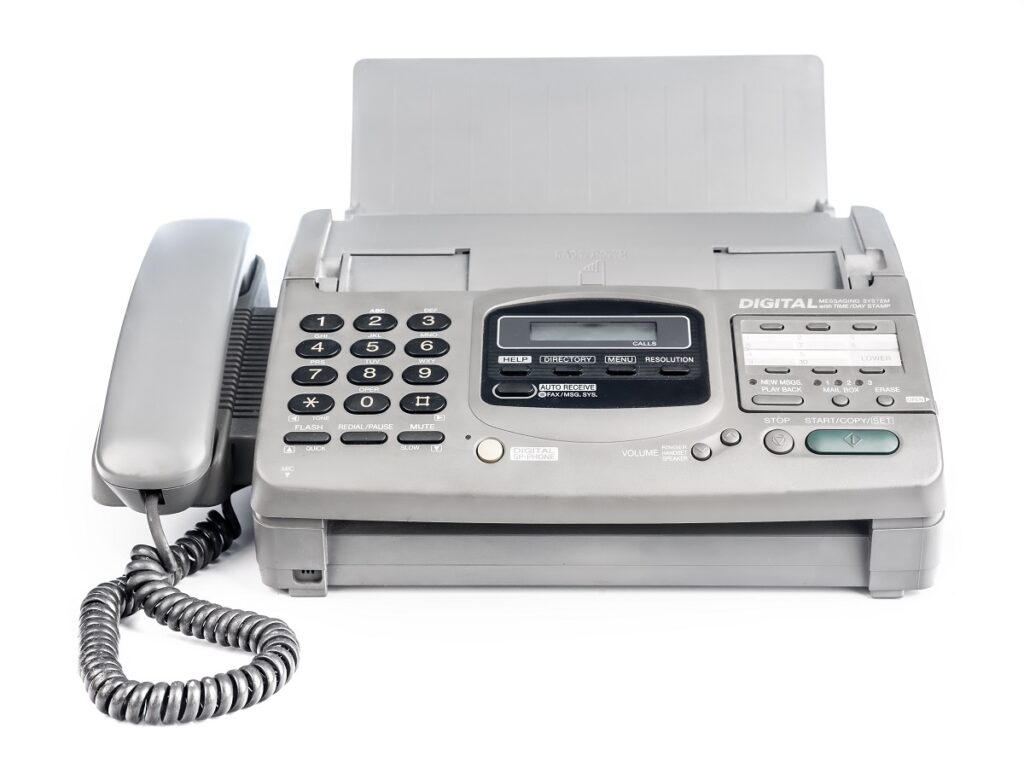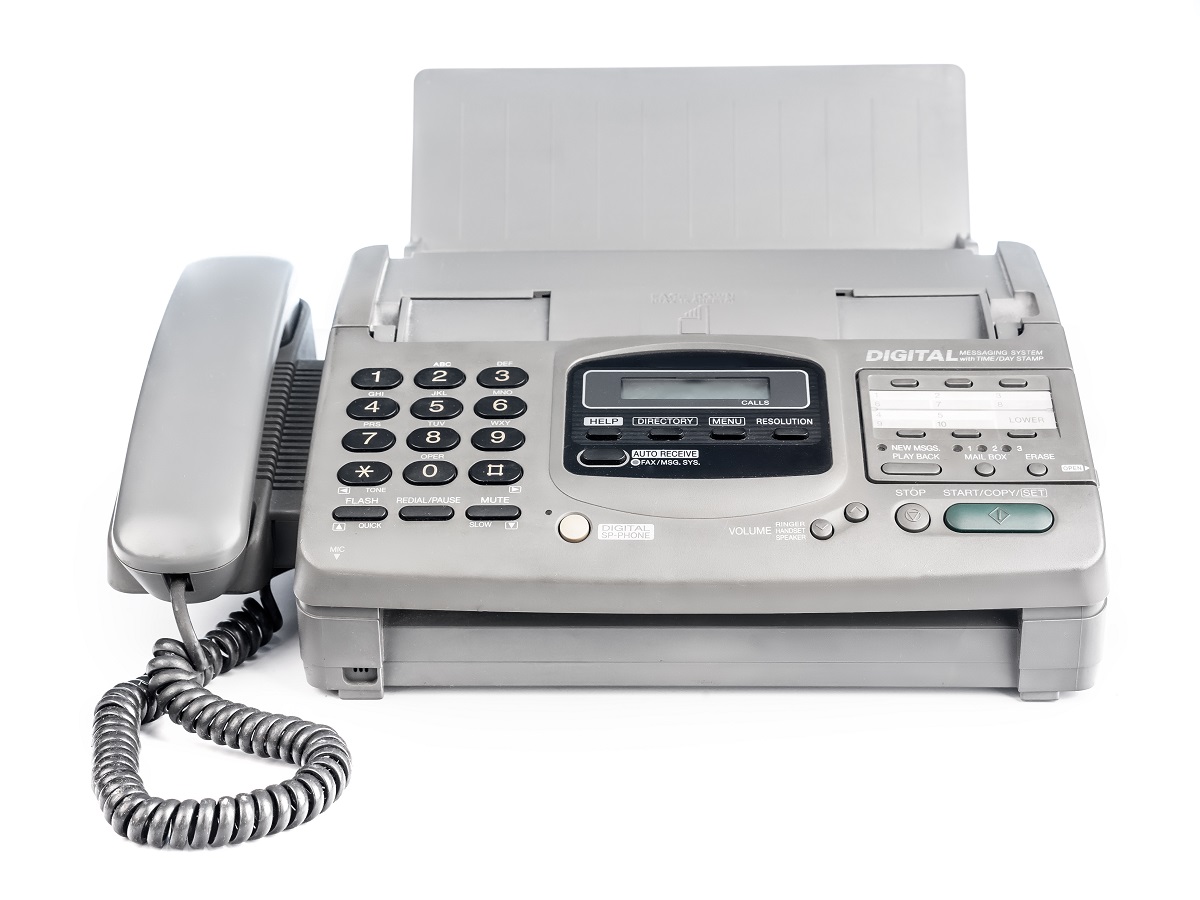
The length and format of a fax number may seem trivial but its role in facilitating document communication is unparalleled. It serves as an exclusive identifier, linking your fax machine to your landline, and is the bridge that allows the transmission of important documents across geographical boundaries. By understanding what constitutes a fax number, we can better appreciate its function and importance. Ready to unlock the mystery of the ever-essential fax number? Let’s dive deep into it!
Curious to find out about modern ways of fax communication? Enter FaxBurner, a one-stop solution for your faxing needs that transcends geographical boundaries effortlessly. For those always on the go, we offer a free fax app for iPhone to ensure you never miss a document again. If you are away from your phone, do not worry, as we have a free email to fax service for computer and phone at your disposal. Learn more about our online faxing service and take your business communication to the next level.
Format of a Fax Number
If you’ve seen a U.S. telephone number, then you already have a good idea of what a fax number looks like. That’s because they follow the same format: area code and subscriber number. Example: (123)-456-7890. This format is specifically for local fax numbers.
If you need a fax number for a long-distance transmission, then you’ll need to dial additional digits before the area code and subscriber number. Here’s a long-distance fax number example: (011-44-20-12345678).
How Long Are Fax Numbers?
The length of fax numbers varies from country to country. In the United States, it’s usually 10 digits. Other countries use a different format than the U.S., with some having six- or seven-digit numbers.
Now, in the U.S., fax numbers, much like telephone numbers, typically follow the North American Numbering Plan (NANP). The numbering system is more like a rule book, which dictates the format for both telephone numbers and fax numbers.
At first glance, the 10-digit fax number might seem long, but there’s a structure behind these numbers. They aren’t just randomly arranged digits, and they certainly aren’t random.
The 10-digit number is made up of two parts. We’ve got the 3-digit area code, which typically is the first three digits in a fax number.
The area code is like the home address for the fax number. It represents a specific geographic region. Just as your home address pinpoints where you live in your town or city, the area code helps identify where a phone or fax line is based.
The remaining 7 digits represent the actual fax number, and it’s made up of two parts. The first three digits are reserved for a prefix, which is a code that identifies the service provider (for example, Verizon or AT&T). The second set of four numbers is the actual fax number.
If you’re sending a fax outside the U.S., you’ll need to include the country code, which is a two-digit number that represents where the fax machine is located.
Therefore, the length of the fax number for international fax will be longer than it would be for an American one.
Importance of Knowing Fax Number Format and Length
In today’s world of digital communications, the fax machine may seem like a relic from a bygone era.
However, despite its perceived obsoleteness, the fax machine continues to play a crucial role in many business transactions and official communications.
That’s why understanding the correct fax number format and length remains relevant and essential.
Fax machines, unlike email and messaging apps, can’t correct or suggest the right address if you input it incorrectly.
A fax sent to a wrong number is not just a waste of time and resources; it can potentially lead to a breach of privacy or confidentiality, especially if the document contains sensitive information.
As aforementioned, a fax number follows a specific structure, much like a telephone number. It can include a country code, an area code, and a local number.
Knowing the correct format is essential for ensuring your fax reaches its intended recipient.
For instance, if you’re sending a fax from the US to the UK, you need to use the correct international dialing format. You start with the international access code (011 in the US), then the country code for the UK (44), followed by the local fax number.
Missing or misplacing any of these numbers could result in unsuccessful transmission.
The length of the fax number is equally crucial. If you don’t provide the correct length, the transmission might fail or, worse, end up at the wrong location.
Understanding the correct format and length of a fax number also has practical advantages. You can save time and avoid frustration caused by repeated failed attempts to send a fax.
Moreover, using the correct fax numbers shows that you’re keen and professional. Just like sending an email to the wrong address can reflect poorly on your competence, dispatching a fax to the wrong number can create a similar impression.
Finding Country and Area Codes for a Location
For country codes, the internet is your best friend. Each country has a unique code, usually one to three digits, used universally for international dialing.
Online databases or directories, such as the CountryCode.org and HowToCallAbroad.com provide comprehensive lists of these codes.
Simply type the name of the country you’re interested in, and the site should present you with the corresponding country code. Some smartphone apps also offer this feature.
Finding the area code can be slightly trickier because it varies within the country depending on the region. Again, online resources are quite useful.
Many websites offer searchable databases where you can input a city or region name to find the associated area code.
In the U.S., the North American Numbering Plan Administration (NANPA) offers a comprehensive online area code lookup service. For other countries, try a simple internet search with the name of the city or region and “area code.”
If online research isn’t your preferred method, you could always contact us, and we can help you find the area code.
It’s important to note that while some countries use a specific number format, others follow a mixed-number system where numbers are separated by spaces or dashes.
EndNote
Understanding the structure of a fax number, including its format and length, is vital for effective communication.
Incorrectly formatted numbers can lead to failed transmissions, privacy breaches, and unprofessional impressions.
While faxing may seem antiquated, it remains relevant in certain industries and regions. Therefore, taking the time to get it right ensures your communications are efficient, accurate, and secure.


